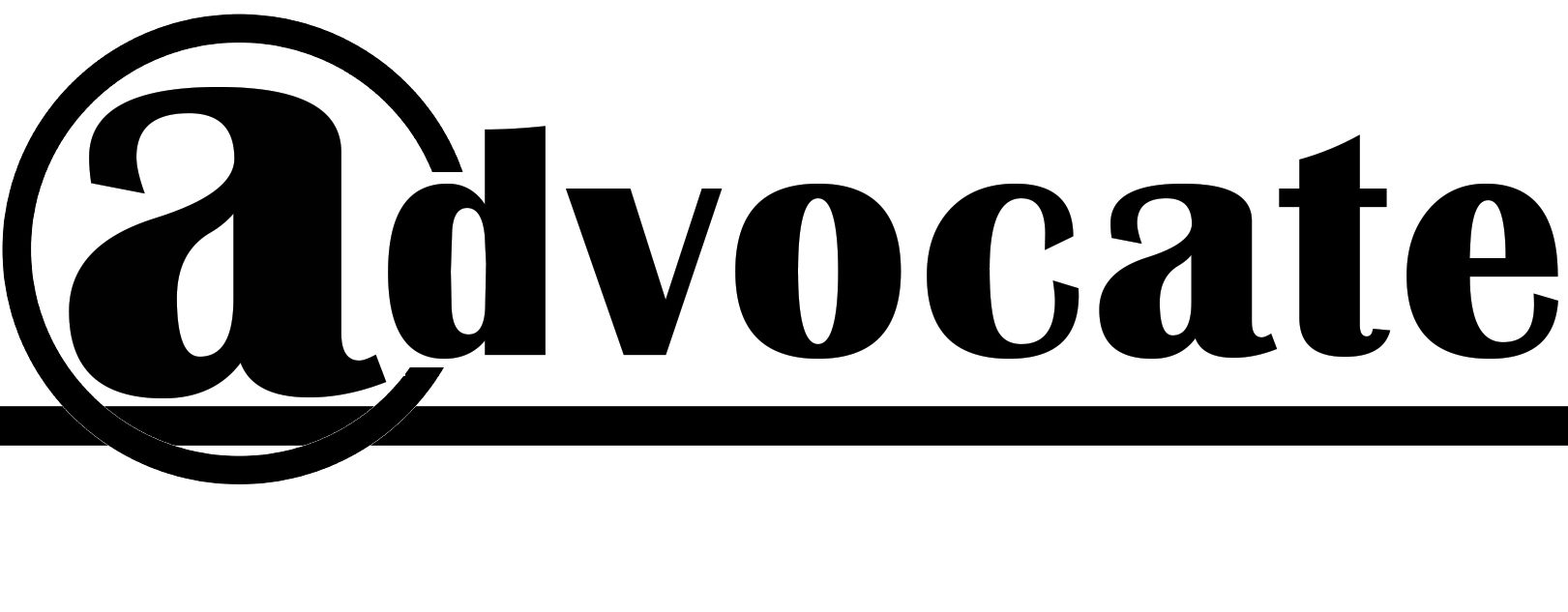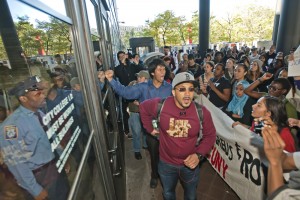RUSSELL WEISS-IRWIN
Being at City College this semester has been different than in the five I have spent here before. Between classes, I find myself wandering around, going to the library, an empty classroom, or just heading home. Wherever I go, if I see a friend, it’s a pleasant surprise. I don’t have a place to hang out, and neither do my friends.
For the first two years that I was at CCNY, I always knew where to find people: the Center. The Guillermo Morales/Assata Shakur Community and Student Center, that is. From the first orientation session I went to, before I even started at City College, I was drawn to the huge black fist painted on to a red door, prominently placed on a corner on the third floor of the monumental North Academic Building or NAC.”
In the Center, I found a community, which existed long before I came to City College, that also opened up to allow me to be part of building new parts of that space. The first time I went in the Center, there was a flurry of activity: people were joking and arguing, chicken over rice sat in Styrofoam containers on plastic folding tables and someone was sprawled out across a couch. The room itself was an explosion of color: there was a Pan-African flag hanging from the wall, flyers and posters of all kinds on tables and benches, pictures of political prisoners held all over the United States, and old covers of the Messenger, which at one time was published out of the Center. Above it all was a bold banner stretching across the edge of the ceiling, a reminder in huge, red block letters: This place was won thru struggle.
I got to be familiar with the Center that way, full of people, full of life, everyone relaxed and talking and eating and getting to know each other. I got to be familiar with other ways that the Center could be, too. The Center at 8am, with just myself and another person, drinking coffee and doing homework. The Center with a meeting going on. It could be the meeting of a neighborhood credit union that I accidently walked in on, while I went to grab my bag, or a meeting I was participating in, with thirty people debating what to do about the war criminal David Petraeus being hired to teach at CUNY, or even a meeting I was facilitating, talking about how to organize a walk-out at City College to protest tuition hikes.
But maybe my favorite face of the Center was people passing through and talking. The fist on the door intrigued them. Like me, they thought that maybe this place would have what they needed. People came in with questions, like students wondering how to deal with bureaucracy or wanting to sell a textbook. Other times people came with a story that needed to be heard. There were a group of us who were always in the Center, and we learned how to answer people’s questions and listen to their stories.
The Center had its own story as well. Once my mother came to visit campus to see what my college was like, and I took her to the Center. “It’s so nice that the school gave you all a space like this,” I remember her saying. But the school never gave it to us. In 1989, major tuition hikes were proposed for CUNY, and so students took over the entire main campus building at City College, the NAC. When we won, and Governor Pataki dropped the idea of a tuition hike, we returned the building to the administration, but kept the Center. The students then named it for Assata Shakur and Guillermo Morales, who both graduated from City College and were heroes for working class and oppressed people.
Assata, an amazing writer and activist, was shot by police and then accused of shooting them, put in prison for years, she eventually escaped, finding safety only in exile from her native land, in Cuba. Guillermo Morales was part of the struggle for open admissions at CUNY, the policy which finally integrated our school racially in 1969, and then was part of the fight for Puerto Rican independence. He was accused of a bombing in Manhattan and had to seek asylum in Cuba as well.
In a dark irony, the Center named for those exiles is now exiled itself. In the wee hours on 20 October, 2014, the Center was violently seized by the Administration, which used the laughable excuse that they urgently needed to create a new “career center.” That’s why there’s nowhere for me to go on campus. The last space that was controlled by students and the community, that we had the keys to, that was autonomous, is lost and taken. It makes it a lot harder to organize on campus. We struggle to get space to hold meetings, to keep things, to hang out, to find each other, to relax and let our guard down against the constant harassment from Campus Security.
Fundamentally, a lot of our struggles at City College are about space. Student space for clubs has been taken and reduced and restricted for decades, so there is practically no space that belongs to student organizations, even those that don’t directly challenge the Administration. Students are pushed out of the library when it closes at 11pm, and we have no space to study late at night. We are fighting for a Gender Resource Center on campus, because we need a space that can be a refuge from the rape culture that is ever present at City College. Now, the Administration is taking away library spaces for science students and prayer space for Muslim students. Every time they take space from us, they create more space for the privatization of the school: career centers to focus the university on serving the needs of employers, not students, not communities; more space for security to expand the methods they utilize to dominate, control, and exact violence against us; or more space for administrative offices.
Pushing people violently out of their spaces in order to control more space and use it more effectively for profit is gentrification and it is colonialism. At a public meeting a month after the taking of the Center, Administration officials claimed that they had taken the Center because it had been disorderly, and they would be happy to create an “Urban Center” on campus so that the activities that had happened in the Center could go on. This was a lie, but the logic of the proposal was clear then. As a student pointed out in that very moment, colonizers always say that they will help civilize and bring order to the messy ways of the people they are conquering. And they do so with violence.
A year later, City College students and Harlem community residents are fighting the re-colonization of our spaces, on campus and off. We are on the defensive, as more and more of New York City and City College is gentrified and seized. In Puerto Rico, the homeland of Guillermo Morales, the people still struggle for independence. We have lost many battles, but we believe we will win the war.

